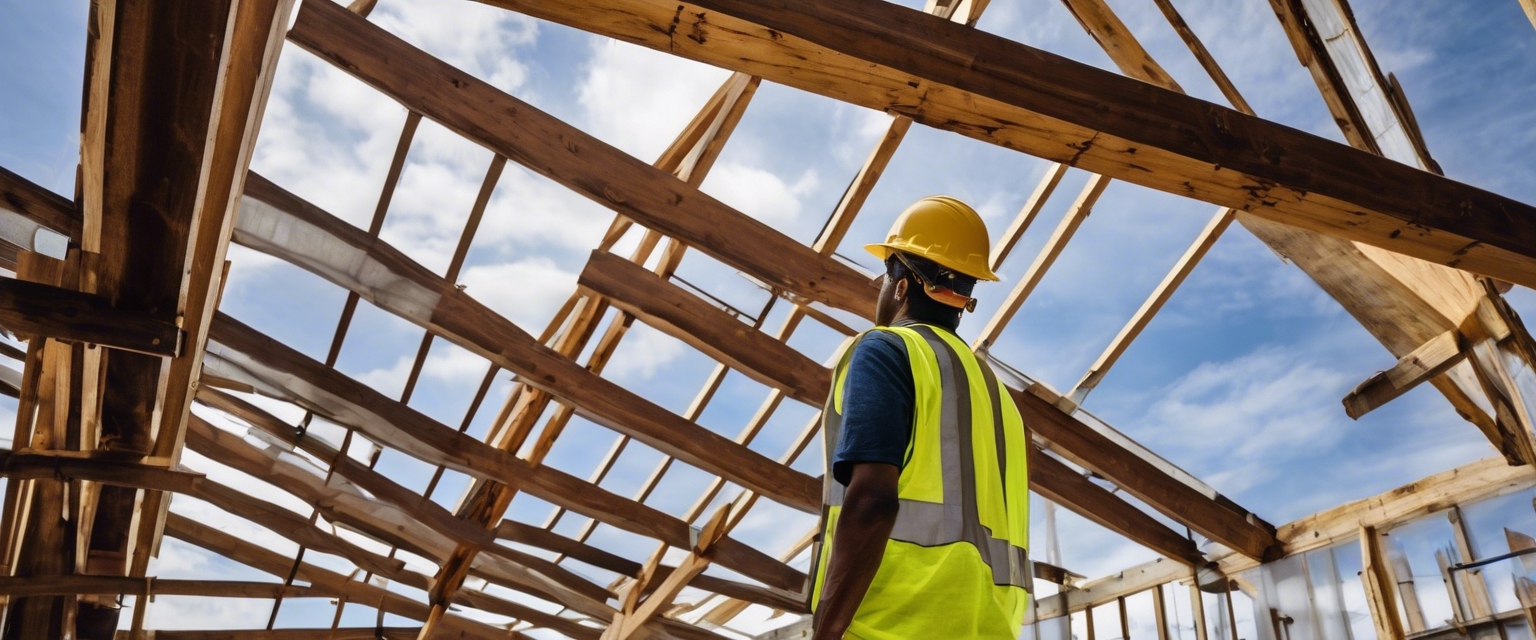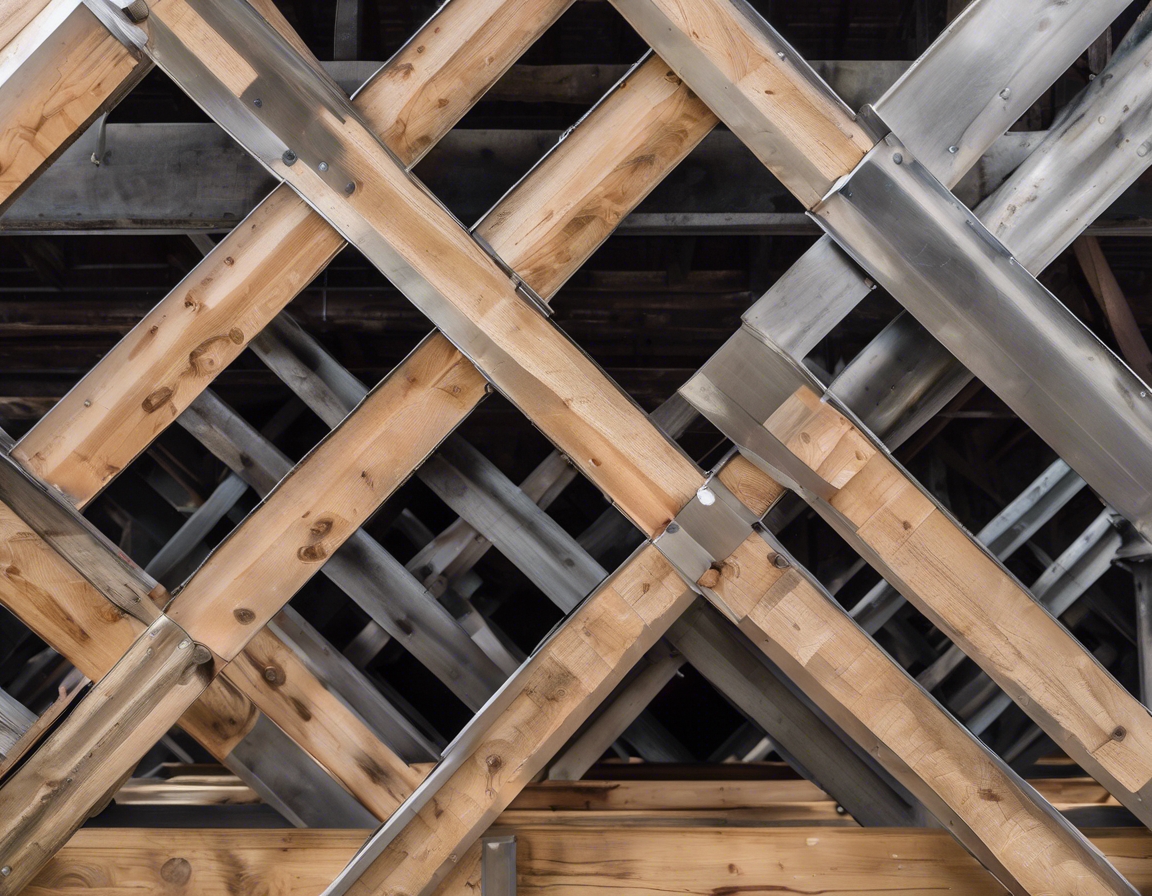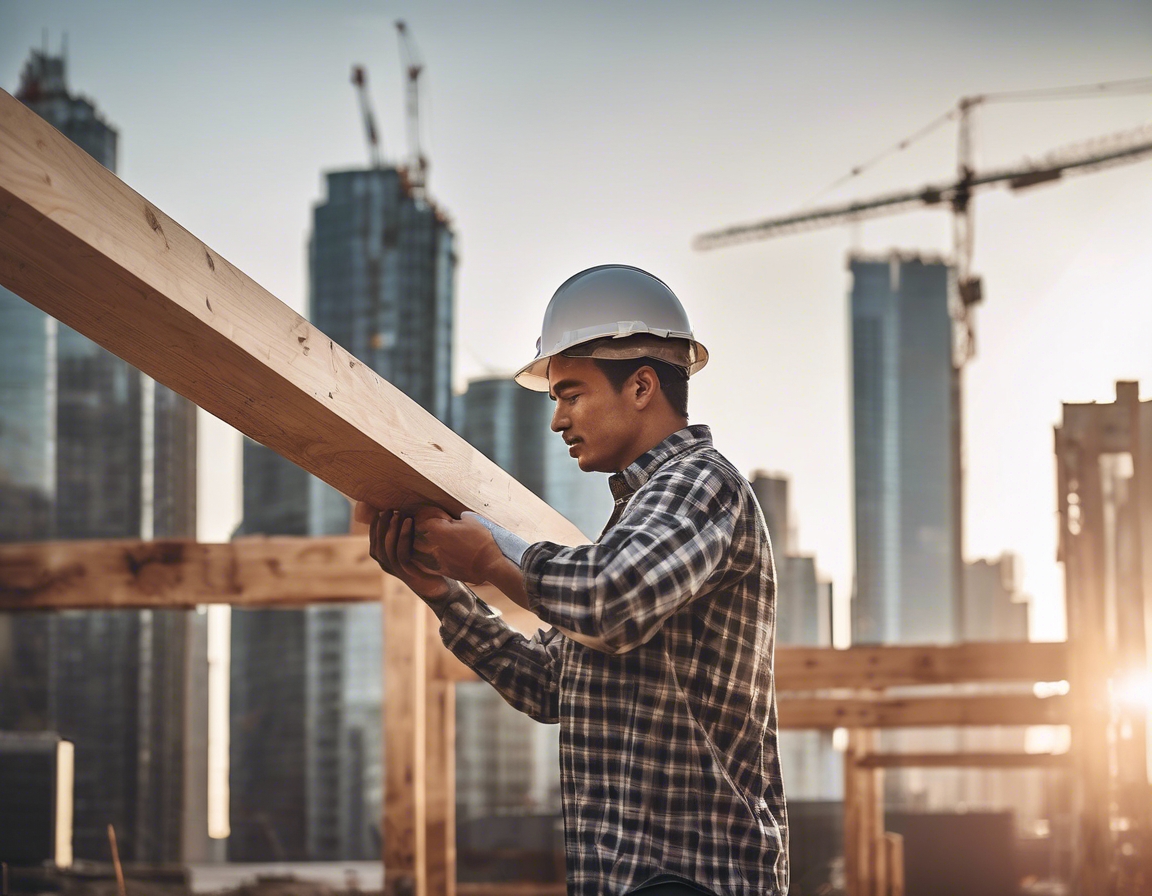Top trends in eco-friendly construction
Eco-friendly construction is no longer a niche market; it has become a mainstream approach to building that prioritizes sustainability, energy efficiency, and minimal environmental impact. As the world becomes increasingly aware of the need to reduce carbon footprints, the construction industry is evolving to meet these demands with innovative solutions.
Sustainable Building Materials
Using recycled and reclaimed materials is a cornerstone of eco-friendly construction. These materials not only reduce waste but also lower the demand for new resources. Commonly used recycled materials include steel, glass, and plastic, which can be repurposed into new building components.
Bamboo and sustainably sourced timber are gaining popularity due to their rapid renewability and minimal environmental impact. Bamboo, in particular, is a versatile material that grows quickly and can be used for flooring, walls, and structural elements.
ICFs are a modern construction method that combines concrete with insulation, providing excellent thermal resistance and reducing energy consumption. This method not only enhances energy efficiency but also offers durability and soundproofing benefits.
Energy-Efficient Building Designs
Passive solar design is an architectural approach that maximizes natural sunlight to heat and light buildings. By strategically placing windows, walls, and floors, buildings can harness solar energy, reducing the need for artificial heating and lighting.
Green roofs and walls are living installations that provide insulation, reduce urban heat, and improve air quality. These features not only enhance the aesthetic appeal of buildings but also contribute to biodiversity and stormwater management.
Integrating smart home technology into construction allows for greater control over energy usage. Automated systems can optimize heating, cooling, and lighting, leading to significant energy savings and increased comfort for occupants.
Water Conservation Techniques
Rainwater harvesting systems collect and store rainwater for non-potable uses such as irrigation and toilet flushing. This reduces the demand on municipal water supplies and helps manage stormwater runoff.
Greywater recycling involves treating and reusing wastewater from baths, sinks, and washing machines. This process conserves water and reduces the strain on sewage systems, making it an essential component of sustainable building practices.
Innovative Construction Techniques
Modular construction involves prefabricating building sections off-site and assembling them on-site. This method reduces construction time, minimizes waste, and allows for greater precision and quality control.
3D printing technology is revolutionizing the construction industry by enabling the creation of complex structures with minimal waste. This innovative approach allows for rapid prototyping and customization, paving the way for more sustainable building practices.






Comments (0)